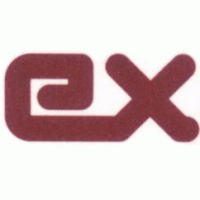And think, the reason that boot times take as long as they do is, that we (needlessly?) perform 2 independant hardware detections and 2 driver installations. (At least on XP/w2k3 projects)
nativeEX_barebone does not boot faster because it supports less hardware, but because it only performs 1 hardware detection and 1 driver installation.
Just try the following. Put HwPnP into your nativeEx_barebone and run it. You will not gain any funktionality, but burn lot's of time.
So by moving the whole hardware detection/driver installation to the same process, we should speed up the boot time considerably.


















